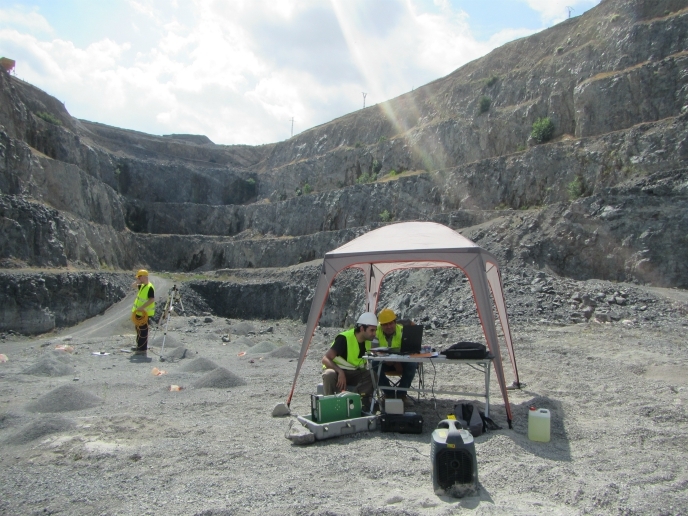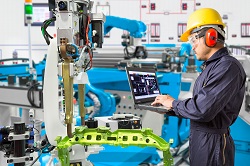Reducing transport's environmental impact
In 2010, transportation within Europe generated nearly 25 % of all its energy-related GHG emissions, up from 17 % in 1990. If this percentage continues to increase, as predicted, the EU's goal of keeping the global average temperature rise below two degrees Celsius will be put at risk. With EU funding, the 'Technology opportunities and strategies towards climate-friendly transport' (TOSCA) project set out to help reduce GHG emissions from transport through to 2050. The aim was to identify the most promising technology and fuel pathways that could help achieve the required reduction in GHG emissions. Since these future technologies and fuels will be more expensive, incentives will be necessary to promote and incorporate them into the market place. To better understand the necessary policy interventions to achieve this, TOSCA project partners tested a range of promising policy measures under different scenarios. Results of the techno-economic assessment carried out during the project indicate that energy use could potentially be reduced by 30–50 % for most transport modes. This would be achieved by using technologies that could become available during the 2020s, although exploiting their potential will require policy interventions. For this to happen, society must prioritise climate change mitigation over other challenges, as the policy interventions required will result in additional public expenditure on transport and thus decreased mobility. Thus, it would seem that by 2050 technological measures alone cannot produce sufficient reductions in transport GHG emissions to be compatible with EU climate goals. The challenge, therefore, is to better understand the potential for behavioural measures to mitigate GHG emissions from transport. These include reducing the need for transport and shifting toward low-emission modes.







